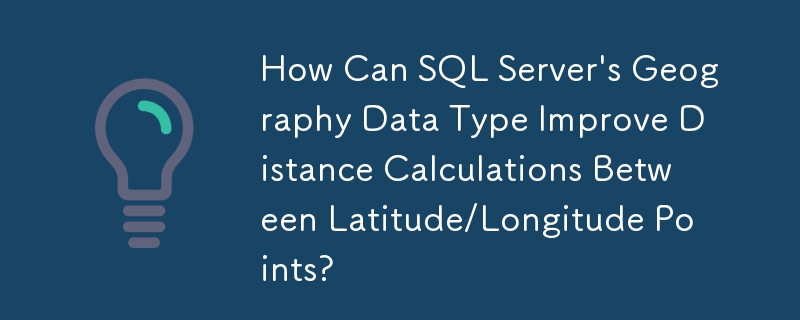Found a total of 10000 related content

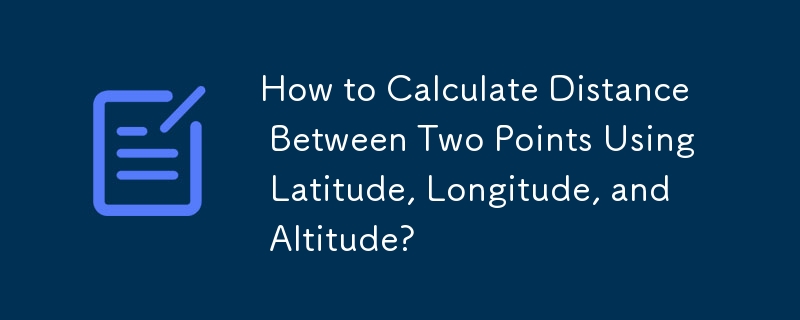
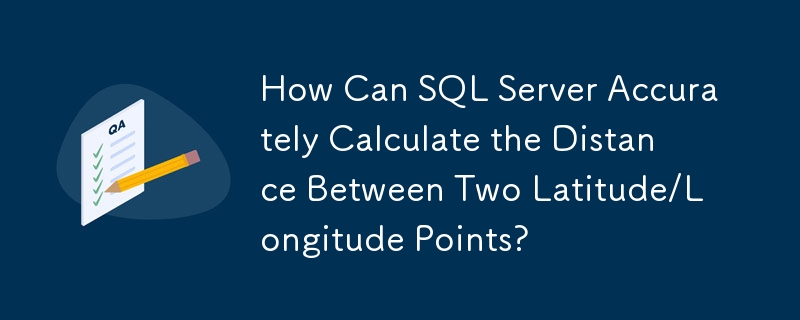





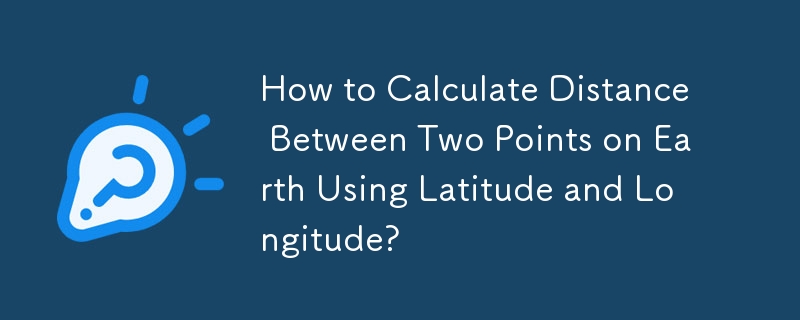
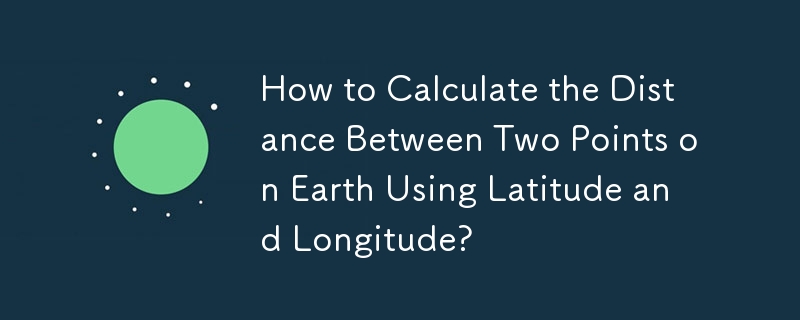
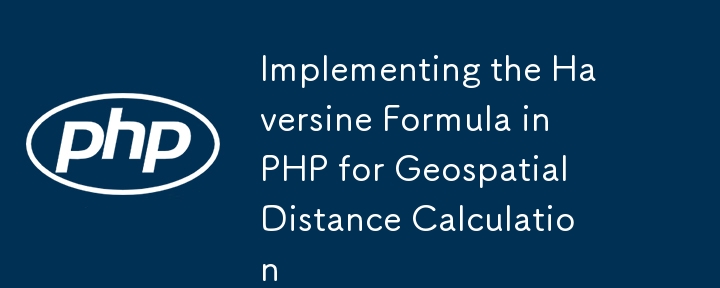
Implementing the Haversine Formula in PHP for Geospatial Distance Calculation
Article Introduction:To calculate the distance between two points on the earth, use the Haversine formula instead of the plane geometry, because the earth is approximately a sphere. 1. The Haversine formula calculates the distance of the large circle by latitude and longitude (converted to radians). The formula is: a=sin2(Δφ/2) cosφ??cosφ??sin2(Δλ/2), c=2?atan2(√a,√(1?a)), d=R?c, where R is the average radius of the earth (6371 kilometers). 2. When implemented in PHP, first convert the latitude and longitude from the decimal system to radians, calculate the difference, substitute the formula to find the distance, and select the units of kilometers or miles through the parameters. 3. Use examples to show that the distance between New York and Los Angeles is about 3944 kilometers or 2451 miles. 4. Note
2025-07-30
comment 0
935

Calculate the time difference between two LocalDateTime objects in Java
Article Introduction:This article introduces several methods to calculate the time difference between two LocalDateTime objects in Java. The focus is on how to use the Duration class to obtain the time difference in different units such as minutes, hours, and days. Through sample code, readers can quickly master the skills of calculating time differences and apply them to actual development, such as determining whether two time points exceed a specific time interval.
2025-08-23
comment 0
755

Analyzing spatial data using SQL functions.
Article Introduction:SQL supports spatial data processing and is suitable for map applications, urban planning and other scenarios. Common spatial data types include POINT (point), LINESTRING (line), POLYGON (region). Different database systems such as PostGIS, MySQL, etc. have slightly different support; ST_Distance can be used to calculate the distance between two points and sort the closest user; ST_Contains can be used to determine whether the points are in the region; ST_Intersects can be used to achieve the statistics of spatial grouping; when using it, you need to pay attention to the coordinate system 1. Establish a spatial index to improve performance, control the calculation accuracy, and verify the results with map tools.
2025-07-09
comment 0
848

C header file example
Article Introduction:A typical C header file is used to declare classes, functions, variables or templates to implement code sharing. Point.h in the example defines the Point class and uses header file guards to prevent duplicate inclusion. 1. Private members x and y are declared in the class; 2. Provide constructors, member functions that obtain and set coordinates; 3. Public methods to move points and calculate distances; 4. All functions that do not modify objects are marked as const; 5. Member functions are implemented in Point.cpp; 6. The main function uses the Point class by including the header file, outputs the distance between two points, and the code structure is clear, which is easy to maintain and reuse.
2025-07-30
comment 0
301

How to calculate the distance between two points using GEODIST?
Article Introduction:GEODIST is a function used to calculate the straight line distance between two points on the earth. Before using it in Stata, it is required to install: sscinstallgeodist. 1. When using it, you need to specify the latitude and longitude parameters of the two points, such as geodistlat1lon1lat2lon2,gen(distance_km) to generate a unit distance of kilometers; 2. If you need a unit of miles, add the mile option; 3. Pay attention to ensuring that the latitude and longitude is in the decimal system format, the range is legal and the order of variables is correct; 4. During batch calculation, you can copy the reference point to all lines and execute the command. This method is suitable for store location selection, traffic analysis and other scenarios.
2025-09-08
comment 0
768

Working with Spatial Data Types in SQL
Article Introduction:Spatial data types are special data types used to store geographical location information. Common types include points (Point), lines (LineString), polygons (Polygon), etc., which are used to represent locations, paths and regions on the map respectively. For example, restaurant locations can be represented by POINT, bus routes are LINESTRING, and administrative boundaries are POLYGON. Databases that support spatial data such as PostgreSQL (via PostGIS), MySQL, SQLServer, etc., have slightly different syntax, but the core concepts are consistent. Common operations include: 1. ST_Distance calculates the distance between two points; 2. ST_Contains determines whether the point is in the region
2025-07-25
comment 0
981

Imagick vs GD
Article Introduction:Key Points
GD and ImageMagick are both popular PHP image processing libraries. GD is more widely used and ImageMagick is more powerful.
In terms of performance, there is no absolute advantage or disadvantage between the two, and the speed depends on the specific application scenario.
The encoding styles are significant. GD adopts procedural programming, and ImageMagick supports object-oriented programming through the Imagick class.
In addition to these two libraries, there are other options, such as cloud image processing platforms or components that have been integrated into the application.
introduction
In PHP applications, if you need to create thumbnails, apply image filters, or perform other image conversions, you need to use the image processing library. Usually, you'll choose GD or ImageMagick. But which library
2025-02-22
comment 0
1347


Dave The Diver: How To Catch Spider Crabs
Article Introduction:In Dave The Diver, there are some creatures that are not easy to catch. Or, catch alive that is. The spider crab is one of those very species, making it seem like the only way to bring these crustaceans back up to land is to viciously crack them up w
2025-01-10
comment 0
930
